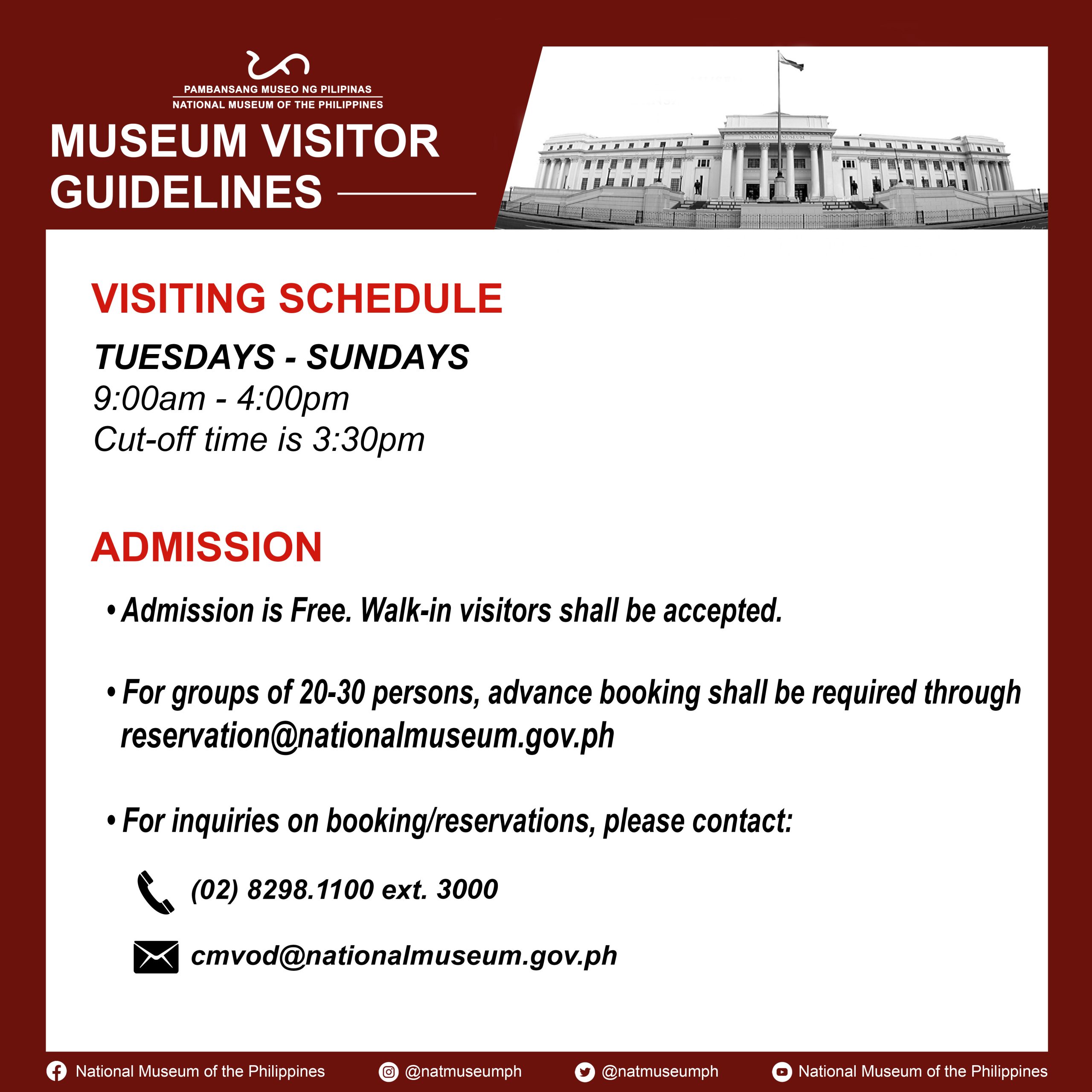85th Birth Anniversary of visual artist Renato A. Rocha
The #NationalMuseumPh commemorates the 85th birth anniversary of contemporary visual artist Renato A. Rocha, born #OnThisDay in 1937, by featuring his 1973 wood relief- “Air Flight”.
Born in Uson, Masbate on March 8, 1937, Renato Rocha, also known as Rene, was the second among four children of Ramon Rocha and Consuelo Autor. Growing up in Tabaco, Albay, Rene would mold animal and human figures out of clay soil from termite hills (nuno sa punso) in rice fields. After attending high school in Masbate, he moved to Manila to study at the University of the Philippines School of Fine Arts where he majored in Sculpture and graduated in 1963. As a young artist, he worked with Filipino master sculptors Anastacio Caedo from 1959-1960 and Napoleon Abueva from 1961-1965, later proclaimed a National Artist for Visual Arts in 1976 – both of which had tremendous influence on Rene’s artistry.
Rocha preferred using kamagong, molave, and narra wood sourced through his friends from the province in making his abstract figures of animals, families, women, and other free forms. In 1978, he had his first solo exhibition at the Manila Peninsula to which Prof. Eric Torres commented “in his hands, Philippine wood never looked more luxurious, warmer and richer, enhancing the distinctive sensuous forms of his sculpture.” He was commissioned for several major works by the Far East Bank and Trust Company, UP Los Baños, Malacañang, Ford Foundation, and Development Academy of the Philippines, to name a few. He also received various awards from 1960 until 1980 including the Araw ng Manila Award in Sculpture.
Rocha passed away on August 24, 2001, from chronic liver disease. He was survived by his wife and seven children who once assisted Rene in making his commissioned works.
The National Museum of Fine Arts is honored to be the home of several artworks by the renowned sculptor. One of the pieces displayed in our “Lilok, Hulma, at Tipon: Modern Sculptures in the Philippines” exhibition is “Air Flight”, a 1973 wood relief, which, based on archival materials acquired from the artist’s family, is believed to be the work commissioned for the Ford Foundation in 1973, and now an important part of the National Fine Arts Collection.
Other works attributed to Rene Rocha from the Collection of the National Library of the Philippines, along with other modern sculptures by leading Filipino artists can be found in the “Lilok, Hulma, at Tipon” exhibition at the Philippine Modern Sculptures Hall (Gallery XXIX) of the National Museum of Fine Arts.
#MuseumFromHome
#RenatoRocha
#ReneRocha
#LilokHulmaAtTipon
#PhilippineModernSculptures
#PhilippineArt
#AbstractArt
Text and photo by NMP FAD
© 2022 National Museum of the Philippines















